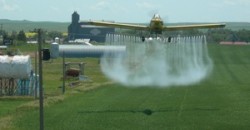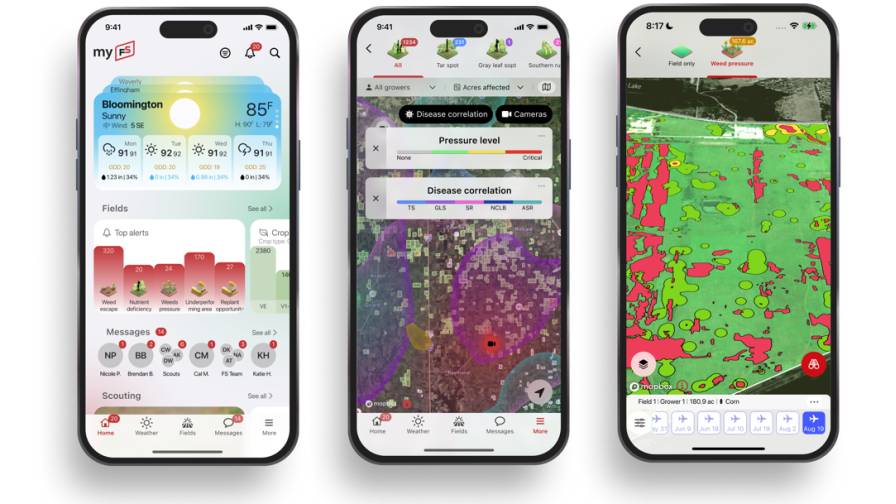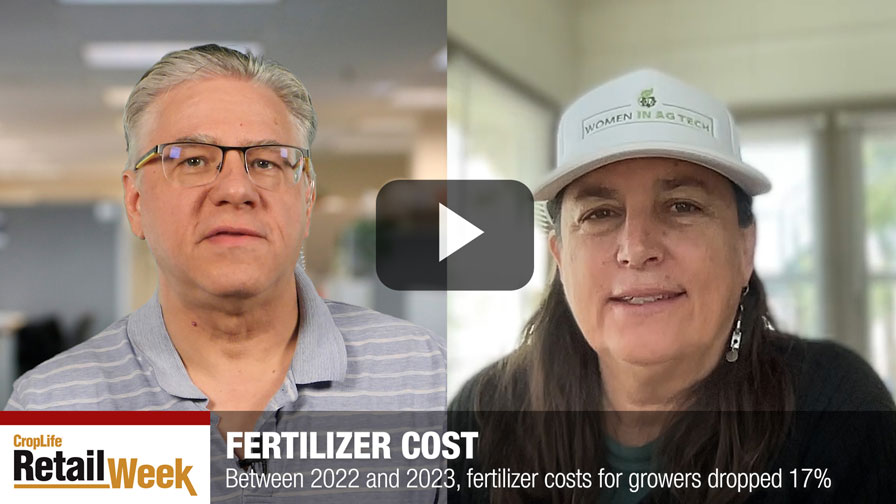‘Do I Spray Today?’
 It’s a decision each custom applicator faces many times during the growing season, whether behind the wheel of a spray rig or piloting an aircraft: Will I get the corn and soybean acres sprayed today?
It’s a decision each custom applicator faces many times during the growing season, whether behind the wheel of a spray rig or piloting an aircraft: Will I get the corn and soybean acres sprayed today?
Spray orders in hand, this is a person who’s eager to climb into the cab or cockpit, rev up the engine, and tackle the day’s workload. But whether the goal is to combat pests or boost plant strength for higher yields and increased grower profits, he must first ensure the environmental and weather factors are conducive to a safe, uneventful ride, keeping in mind the possibility of drifting — and costly — ag chemical spray landing in the wrong place.
So how do retailers balance the concerns about spray drift with the need to get the job done?
So Many Factors
With so many factors in play, it’s a decision that has to be made on a case-by-case basis, says Jim Loar, vice president of Wilbur-Ellis Co., a CropLife 100 dealership headquartered in San Francisco, CA.
“It’s situational,” he says. “Each individual job should be evaluated on its own set of circumstances.”
Loar’s list of considerations includes staff/consultant recommendations; the type of equipment, spray tips, and nozzles; the environmental factors of the day, such as wind direction, wind speed, humidity, and temperature; geographical factors, such as the location of houses, farm animals, and the neighbor’s crop; and crop stage.
Wilbur-Ellis employs many full-time applicators at its 132 outlets in 16 states, offering application options ranging from ground rigs to helicopters to planes. And yet last season, all that wasn’t quite enough; requests for fungicide applications for crop health caused the company to hire in contract aerial application services.
Loar expects more of the same this season, “particularly given today’s crop prices,” he says. More spraying means more opportunity for accidental spray drift to occur.
Education Is Key
Making sure growers have the right tools and education helps Sims Fertilizer & Chemical Co. of Osbourne, KS, in its mission to reduce spray drift events. The independent CropLife 100 dealership sells inputs in six states to growers doing their own spray application. “We are always encouraging them to use spray drift retardants and other tools to help reduce drift,” says Kathy Sims, president. “Air induction nozzles also have really cut down on our farmers having problems with drift.”
The dealership has an educational pamphlet ready to give to new applicators. “And we’re trying to put information on our Web site,” she says.
Wilbur-Ellis focuses on employee training. “We have very robust training programs for applicators as well as our people who write recommendations, and understand the actual drift reduction technologies that are available to us,” Loar says.
All the training and education provides a solid grounding, but in the end, it comes down to the custom applicator’s common sense.
“Ultimately, there’s no one rule,” Loar says. “I think all factors have to be considered and good business decisions made.”




